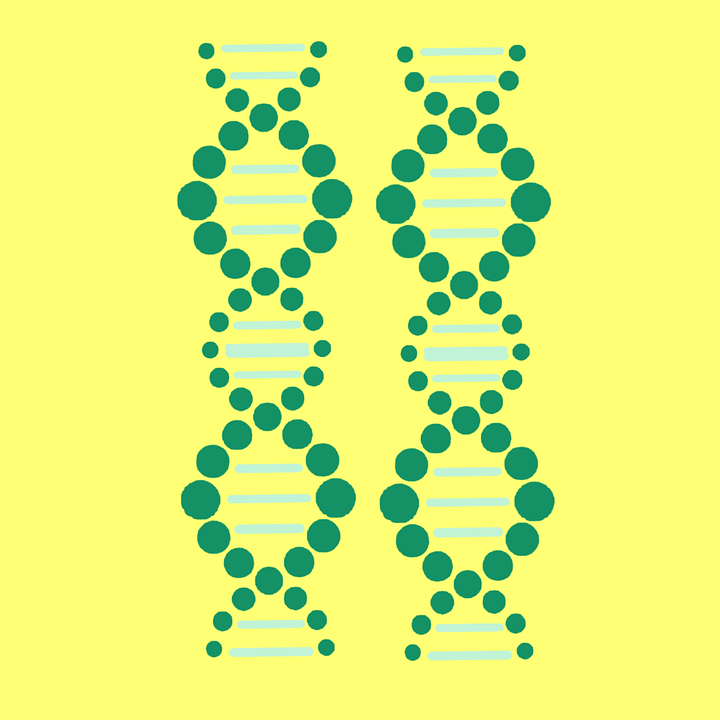Are Our Genes Really Our Fate? DNA’s Visual Culture and the Construction of Genetic Truth
By Kathleen Pierce,
Nursing Clio
| 04. 24. 2018
The direct-to-consumer genetic testing company 23andme has recently been described by journalist Erika Check Hayden as a “unicorn.” For Hayden, this Silicon Valley idiom describes the company’s one billion dollar valuation while also capturing the rare opportunity it affords to scientists: its two million customers make up the largest available pool of gene-linked health data. The home testing kit’s packaging does little to disrupt visual continuities with popular imaginings of unicorns: a matte, velvety white box has been striped along one edge with rainbow chromosomal pairs, their neat, parallel lines forming a multihued mane.
23andme’s use of saturated fields of color and streamlined, graphic shapes may seem part and parcel of 21st-century advertising and design trends favoring a minimalist aesthetic, sleek shapes, and bright pops of color. However, this visual style has long played a role in representations of genetic material in popular visual culture and scientific literature from the 1950s to today.
These images, particularly their use of simplified shapes and solid colors, help shape popular conceptions of ancestry, genetic disease, and hereditary traits as fixed and...
Related Articles
By Ari Schulman, The New York Times | 09.09.2024
There was immediate backlash when Alabama’s Supreme Court ruled in February that embryos created through in vitro fertilization qualified as children under the state’s wrongful death law. But it was a backlash as much from the right as from the...
By Sophie Zadeh, PET | 09.02.2024
By Hannah Flynn, PET | 09.02.2024
By Émile P. Torres, Truthdig | 08.08.2024




